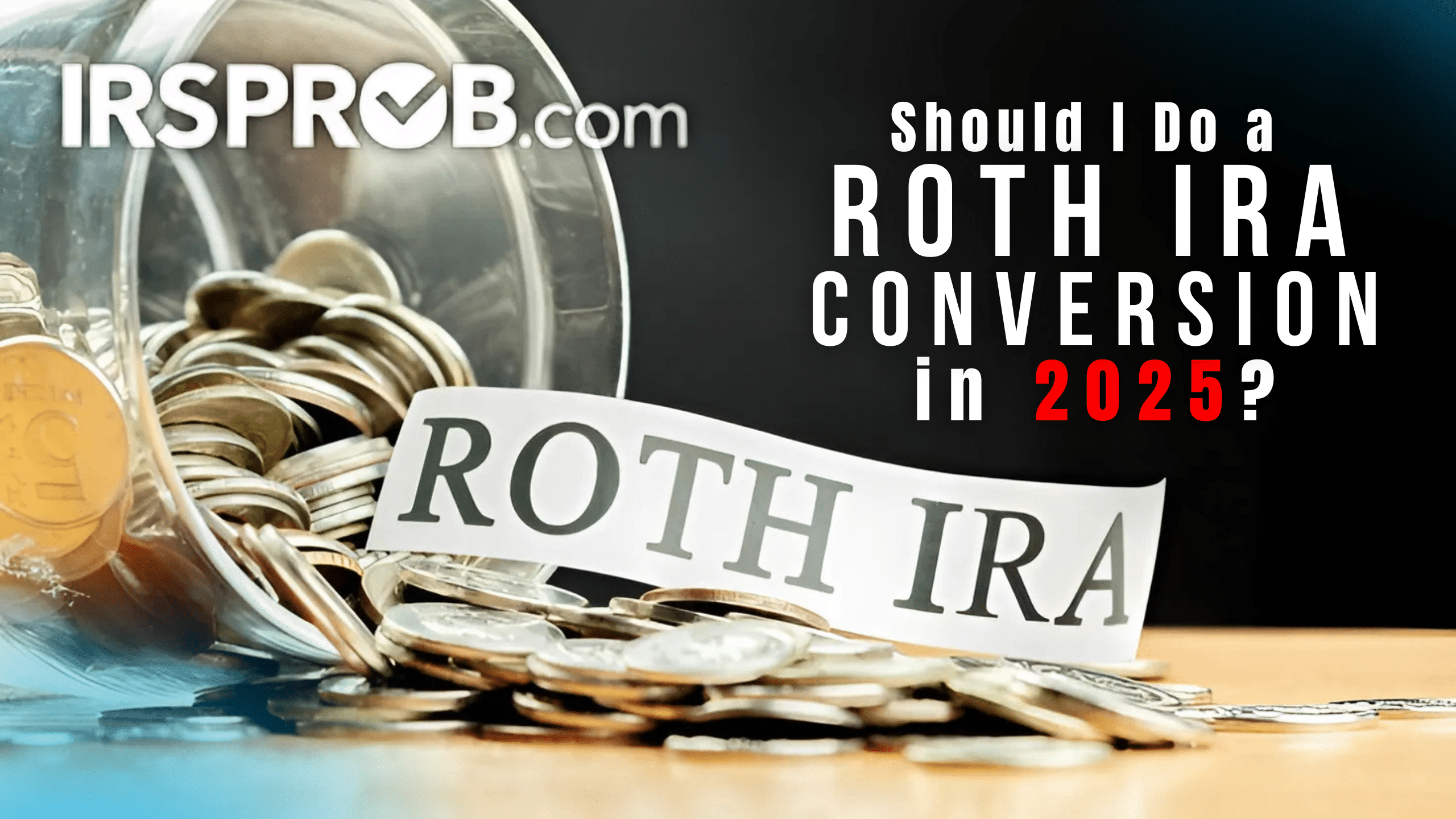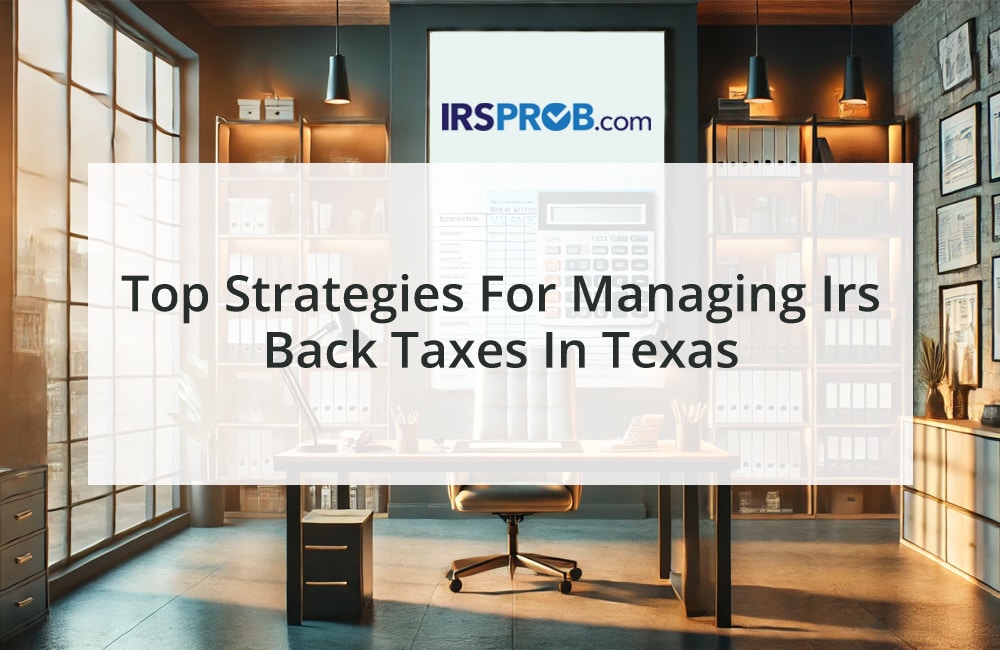The federal government has taken a significant step to promote the adoption of electric vehicles (EVs) by issuing over $1 billion in tax credits as upfront cash incentives to car buyers. This initiative, announced by the U.S. Treasury Department and the Internal Revenue Service (IRS), aims to make EVs more affordable and accessible to a broader range of consumers.
A New Mechanism for EV Tax Credits
Starting January 1, 2024, the Inflation Reduction Act introduced a new mechanism allowing tax credits for new and used EVs to be delivered directly at the point of sale. This means that buyers can receive up to $7,500 for new EVs and $4,000 for used EVs as an immediate discount, rather than waiting to claim the credit on their annual tax returns.
Immediate Benefits for Consumers
Previously, consumers had to wait until they filed their annual tax returns to receive the federal credit, which could be months or even more than a year after purchasing their vehicle. Now, with the new system in place, buyers can benefit from the EV tax credit upfront, regardless of their federal tax liability. This change has been described as a “major milestone” by Deputy Treasury Secretary Wally Adeyemo, who noted that the $1 billion threshold was reached faster than expected.
Making EVs More Price Competitive
The primary goal of this initiative is to help EVs compete on price with traditional gasoline-powered vehicles. The federal tax credit significantly reduces the cost of EVs, making them more affordable for many households. According to Adeyemo, the credits make EVs “very price competitive and in some cases cheaper than the combustion engine vehicles” available on the market.
Current Market Trends
As of April 2024, the average purchase price for electric cars was $55,242, compared to $44,989 for traditional cars. However, prices for new EVs are rapidly declining, with a 9% drop in the first quarter of 2024 compared to the same period last year. This trend, combined with the upfront tax credits, is expected to further boost the adoption of electric vehicles.
Eligibility and Limitations
Not all new EV models qualify for the federal tax credit. The Inflation Reduction Act requires certain parts of the vehicle to be manufactured in North America to be eligible for a full or partial credit. The U.S. Energy Department maintains an updated list of qualifying automakers and models.Since the start of the year, approximately 125,000 consumers have opted to receive their “new clean vehicle” tax credit as an upfront payment, accounting for 90% of transactions for new EVs that qualified for the advance payment. Additionally, 25,000 buyers have chosen the upfront payment for the “previously owned clean vehicle” credit, representing 80% of qualifying transactions.
Legislative Challenges
Despite the success of the program, there are ongoing legislative challenges. Senate Republicans have introduced measures to end federal tax credits for electric vehicles and EV charging stations, arguing that the credits primarily benefit wealthier Americans. However, the current tax credit system includes income limits to ensure it targets middle-income households. For example, single taxpayers with an annual income exceeding $150,000 and married taxpayers with an income over $300,000 are ineligible for the new EV tax credit. These limits are lower for used EVs.
The issuance of over $1 billion in upfront EV tax credits marks a significant milestone in the push to reduce greenhouse gas emissions and promote sustainable transportation. By making EVs more affordable and accessible, the federal government is encouraging more consumers to make the switch to electric vehicles, contributing to a greener future.









